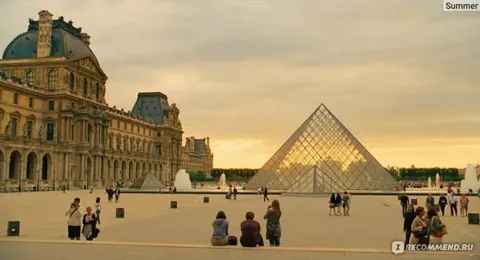In the quest for environmentally responsible architecture, sustainable design with louvre systems has emerged as a powerful solution where energy efficiency meets elegance. These innovative systems not only enhance the aesthetic appeal of buildings but also contribute significantly to reducing energy consumption, making them a popular choice among architects and builders worldwide.
What Are Louvre Systems?
Louvre systems are architectural features composed of angled slats or blades, typically installed on windows, facades, or roofs. Their primary function is to control light, airflow, and heat entering a building. By adjusting the angle of these slats, occupants can optimize natural ventilation and daylight, reducing reliance on artificial lighting and air conditioning.
The Role of Sustainable Design with Louvre Systems: Energy Efficiency Meets Elegance
The integration of louvre systems into sustainable design strategies marks a turning point in modern architecture. When we talk about sustainable design with louvre systems: energy efficiency meets elegance, we highlight how these systems balance functionality with visual appeal. The ability of louvres to minimize heat gain in summer and maximize it in winter helps reduce energy use, directly impacting utility bills and carbon footprints.
Benefits of Louvre Systems in Sustainable Design
1. Energy Efficiency
Louvre systems are engineered to optimize natural light and ventilation, cutting down on the need for artificial climate control and lighting. This passive design approach ensures buildings maintain comfortable indoor temperatures with minimal energy input.
2. Aesthetic Versatility
Beyond their functional advantages, louvre systems add a sleek, modern look to buildings. They come in various materials, colors, and configurations, allowing architects to incorporate them seamlessly into diverse design styles—showcasing how sustainable design with louvre systems: energy efficiency meets elegance isn’t just theoretical but highly practical.
3. Enhanced Indoor Comfort
By regulating airflow and sunlight, louvres create healthier indoor environments. This improves occupant comfort, productivity, and well-being without compromising on style.
Applications of Sustainable Design with Louvre Systems
From commercial office buildings to residential homes, louvre systems are increasingly being adopted as part of sustainable building practices. Their ability to reduce HVAC loads and improve daylighting makes them ideal for green buildings pursuing certifications such as LEED or BREEAM.
Conclusion
Sustainable design with louvre systems: energy efficiency meets elegance perfectly encapsulates the future of eco-conscious architecture. By merging innovative environmental technology with stunning design, louvre systems are setting new standards for how buildings interact with their environment—providing sustainable comfort and style in equal measure.


